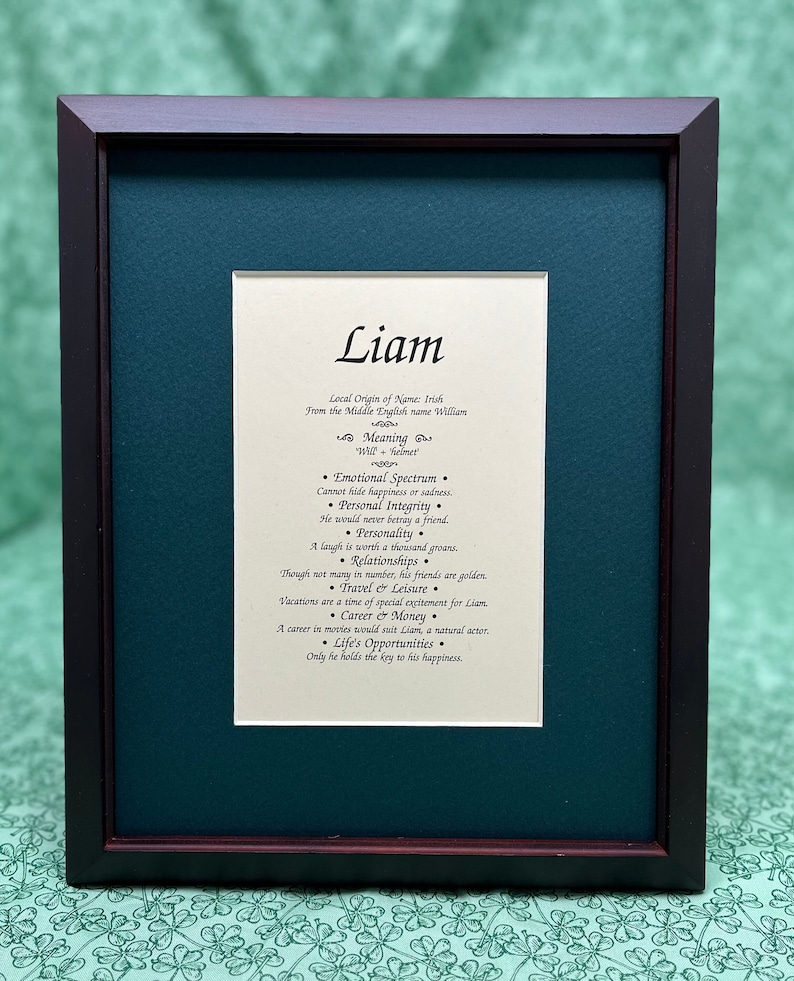

The most famous version of the story goes like this: Thomas Jefferson brought an enslaved James Hemings to France to study culinary arts. But how did a combination of cheese and pasta-two European cultural exports-become one of America’s best-known staples? A top layer of grated cheese, browned to a golden crust, will add the final irresistible allure to this quintessentially American dish. The voluptuous, squishy sound of walking barefoot through mud promises success. As you stir, the plump elbows surrender to the thick, creamy orange cheese sauce. But do you think outside the little blue box? Tell us about your own fun take on macaroni and cheese in the comments area below.You’re making up a macaroni and cheese casserole for the neighborhood potluck. So basically, it's just an ever so slightly dressed up version of what you find on grocery store shelves. Top it off with some salsa and a side of broccoli and I'm in a good place.
First origin for mac mac#
When making mac and cheese for myself, I turn to the 1953 edition of the Better Homes and Gardens cookbook, which calls for a sauce made from Velveeta, onion and cream of mushroom soup. (Although you can forego the bells and whistles and stick to her more traditional presentation of the casserole.) Most restaurants, however, will have only have one or two options-but in a place like D.C., diners still have a fabulous variety to choose from, as the Washington Post will attest.Īnd then there's Paula Deen, who wraps her mac and cheese in bacon, breads it and flash fries the stuff. (And yes, they're upping the ante from Kraft's novelty noodles, which resemble anything from cartoon characters to political mascots.) Some restaurants, such as S'Mac in New York, specialize in tantalizing variations on the dish-such as subbing in brie, figs, rosemary and mushrooms for the traditional cheddar-based sauce. It's now the standard incarnation of the dish, and along with ramen noodles, the Kraft Dinner (as it's known in Canada) is a mainstay of college student cuisine.īut some chefs are taking back the mac, putting inventive twists on this comfort food classic and making it worthy of fine dining establishments. With rationing in effect during World War II, the boxed mix continued to gain in popularity staples such as fresh meat and dairy were in short supply. The product could serve four for 19 cents, and the company sold 8 million boxes of its quick-and-easy macaroni and cheese in a year. Kraft Foods introduced its boxed macaroni and cheese in 1937, when America was in the throes of the Great Depression. As president, he served macaroni and cheese at an 1802 state dinner.

He brought back noodle recipes and a pasta machine, since this foodstuff was unavailable in the Colonies.

A staple of American cuisine, the creamy combo made its way to the United States courtesy of Thomas Jefferson, who, while visiting France, became enamored of fashionable pasta dishes served there. The exact origin of macaroni and cheese is unknown, though it most likely hails from Northern Europe, with the earliest known recorded recipe being scribbled down in 1769.


 0 kommentar(er)
0 kommentar(er)
